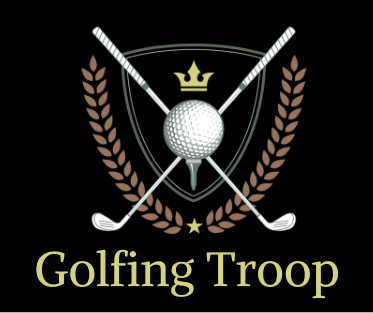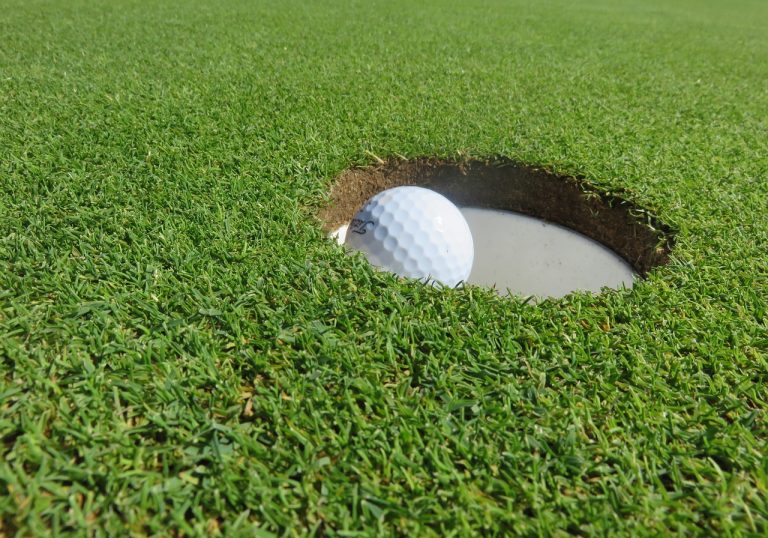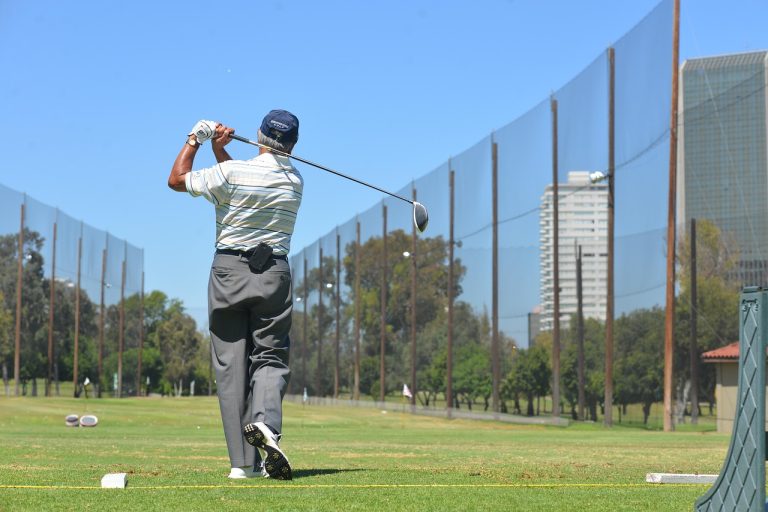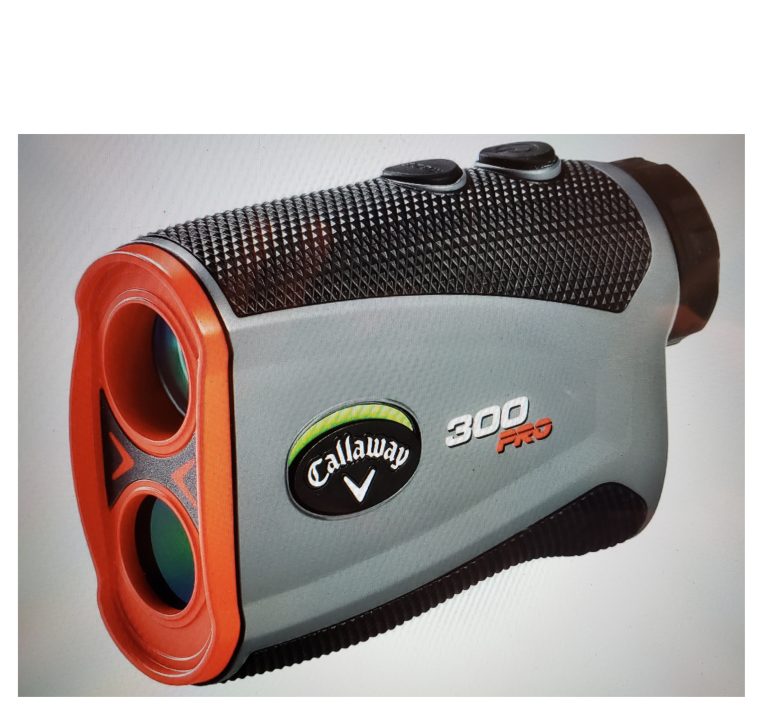Golf Swing – 7 Iron Swing Speed
Golfing Troop is reader supported. When you purchase using links on our website, we may earn an affiliate commission. Learn more.
Introduction
The 7 iron is one of the most versatile clubs in any golfer’s bag. Whether you’re teeing off on a short par 3 or hitting an approach shot into the green, understanding your 7 iron swing speed can be a game-changer.
Swing speed isn’t just a number; it determines how far and how accurately you can hit your 7 iron. It also influences club selection, ball flight, and even the kind of shaft and ball you should be using. In this blog post, we’ll explore the mechanics, benefits, and methods for optimizing your 7 iron swing speed so you can take your game to the next level.
Why Swing Speed Matters
Your 7 iron swing speed is directly tied to your distance and control. On average, amateur male golfers swing their 7 iron at around 75 mph, while professionals clock in closer to 90 mph. A faster swing speed generally means more distance, but it must be paired with proper technique to maintain accuracy. This makes understanding and improving your 7 iron swing speed essential for consistency on the course.
Swing speed also affects your launch angle, spin rate, and the overall flight of the ball. If your swing speed is too low, your shots may come up short and lack spin. If it’s too high and uncontrolled, you could suffer from a loss of accuracy and increased dispersion. Optimizing your 7 iron swing speed means finding the perfect balance between power and precision.
Factors That Influence Your 7 Iron Swing Speed
Several variables can impact how fast you swing your 7 iron. Physical fitness is a major factor. Golfers with greater strength and flexibility can often generate more clubhead speed. Your swing mechanics also play a huge role. An efficient, well-timed swing will produce higher speeds with less effort compared to a swing with poor sequencing or posture.
Equipment is another key element. The shaft flex, clubhead design, and grip size all influence how fast you can swing. A shaft that’s too stiff or too soft for your swing can rob you of valuable speed. Likewise, a heavier or lighter clubhead can either help or hinder your swing tempo. If you’re serious about improving your 7 iron swing speed, custom fitting can make a significant difference.
Training to Increase Your 7 Iron Swing Speed
To improve your 7 iron swing speed, you need a combination of physical conditioning, technique refinement, and targeted practice. Strength training focused on the core, hips, and shoulders will help you generate more power. Flexibility and mobility exercises, particularly for the thoracic spine and hips, are crucial for a full and effective backswing.
Swing drills can also enhance your speed. One effective drill is the “step drill,” where you take a small step forward during your downswing to encourage weight transfer and rhythm. Overspeed training using lightweight clubs or resistance bands can condition your muscles to move faster. Monitoring progress with a launch monitor or swing speed radar helps ensure your training is effective and keeps you motivated.
Measuring and Monitoring Your 7 Iron Swing Speed
You can’t improve what you don’t measure. Using a swing speed radar or a launch monitor like RYP Golf Radar Swing Speed Monitor or HS 130-A Portable Golf Launch Monitor can give you instant feedback on your 7 iron swing speed. Many of these devices also provide data on ball speed, launch angle, and spin rate, giving you a complete picture of your swing dynamics.
Keeping a log of your swing speed over time can help you track your progress and identify trends. Are you faster after a warm-up? Do you lose speed later in a round? This kind of insight can help you tailor your practice and fitness routine to maximize your performance.
Adjusting Your Equipment for Optimal 7 Iron Swing Speed
Sometimes, optimizing your 7 iron swing speed is less about swinging harder and more about using the right equipment. Shaft flex is one of the most important factors. If your shaft is too stiff, you won’t be able to load the club properly, resulting in reduced speed and poor ball flight. On the other hand, a shaft that’s too soft can lead to timing issues and inconsistency.
Clubhead weight and design also matter. A clubhead with a lower center of gravity can help launch the ball higher with more spin, which can be beneficial if you have a slower swing speed. Grips should also be considered; the right grip size allows you to maintain control without excess tension, which can restrict swing speed.
Common Mistakes That Hurt Your 7 Iron Swing Speed
There are several common mistakes that can negatively impact your 7 iron swing speed. One is gripping the club too tightly, which creates tension and limits your ability to release the club properly through impact. Another is poor posture or stance, which can throw off your balance and timing.
Overswinging is also a frequent issue. Many players try to generate more speed by swinging harder, but this often leads to loss of control and diminished results. Focus on a smooth, efficient swing rather than sheer force.
Conclusion
Your 7 iron swing speed is a crucial element of your golf game that can significantly influence your performance. By understanding what affects swing speed and implementing targeted strategies to improve it, you can increase your distance, consistency, and overall enjoyment of the game. From physical training and swing drills to equipment adjustments and regular monitoring, there are many ways to optimize your 7 iron swing speed.
Start with small changes and track your progress—before you know it, you’ll be hitting more greens and lowering your scores with confidence.







